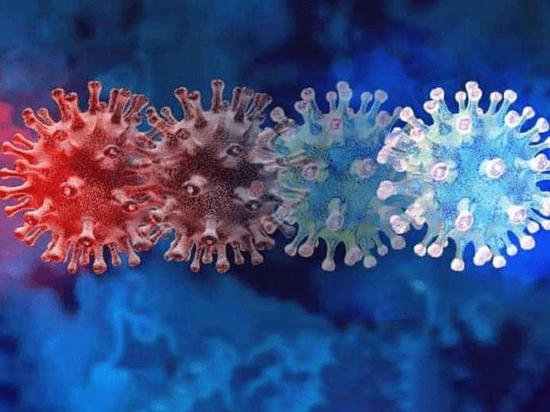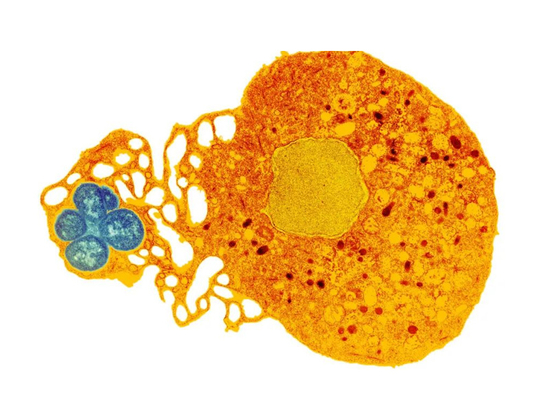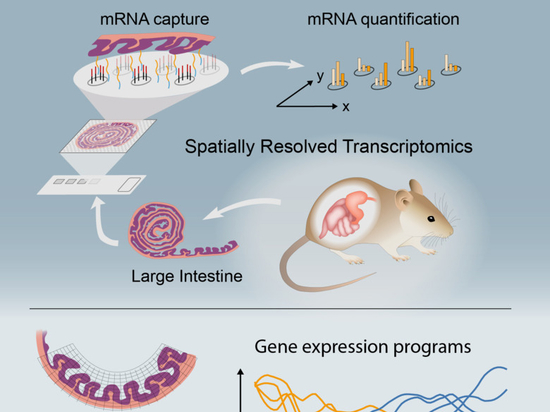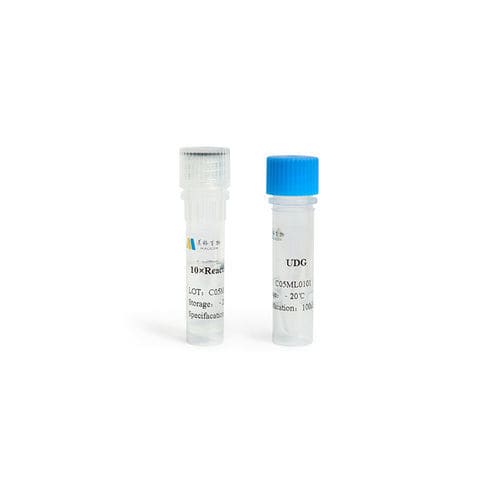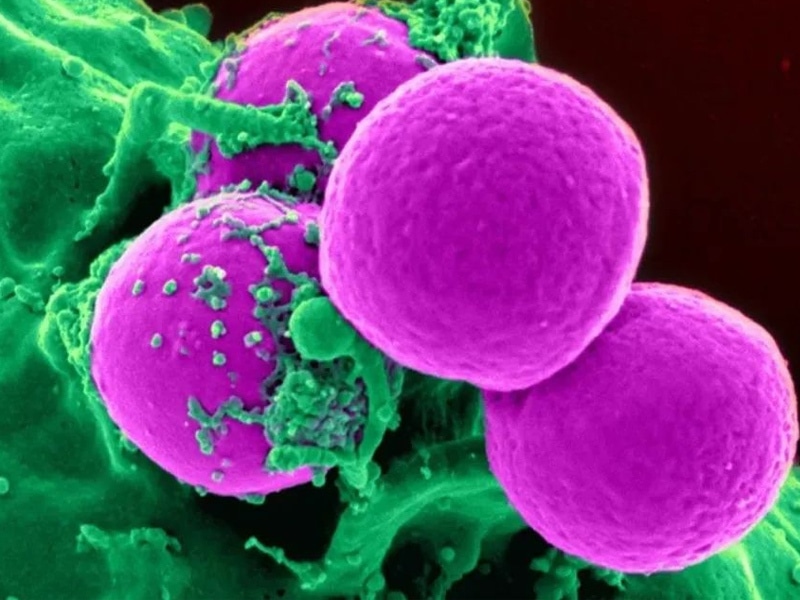
#Industry News
A comprehensive therapy using nano cubic liquid crystal to fight drug resistance
A comprehensive therapy using nano cubic liquid crystal to fight drug resistance
The world health organization who announced that antibiotic resistance is one of the top ten public health threats in the world.
Gram negative bacteria such as Acinetobacter baumannii, Pseudomonas aeruginosa and Klebsiella pneumoniae are all listed in the WHO priority pathogen list, and new treatment options are urgently needed. One of the main reasons why these organisms are so difficult to treat is that they are surrounded by an outer membrane (OM) as an impermeable barrier to prevent antibiotics from reaching targets in bacteria. Therefore, polymyxin, which can be obtained clinically as polymyxin B (PMB) and polymyxin E, is considered to be the last-line therapy for the treatment of antimicrobial resistant gram-negative organisms. Polymyxin initially binds to lipopolysaccharide (LPS) located in the outer lobule of gram-negative bacterium OM, causing considerable om disintegration and eventually cell death. However, the global reports of polymyxin resistance have increased, threatening the effectiveness of these important antibiotics. At present, only a few new antibiotics are being developed.
With the depletion of antimicrobial pipelines and the increasing prevalence of gram-negative superbacteria, there is an urgent need for new treatment options that may be suitable for combating these antimicrobial resistant gram-negative "superbacteria". Using existing polymyxin in combination with other antibiotic or non antibiotic adjuvants to improve bacterial killing is a promising strategy. Another method of overcoming antimicrobial resistance involves loading antimicrobial agents into nanoparticles, which transport antibiotics to their bacterial target sites. Because nano cubic liquid crystal and polymyxin destroy the outer membrane of Gram-negative bacteria through different mechanisms, a group of Monash University researchers tested the antibacterial activity of nano cubic liquid crystal Cubosomes loaded with polymyxin, and explored alternative strategies for comprehensive treatment of pathogens through the combination of nano cubic liquid crystal and polymyxin.
Compared with polymyxin B loaded nano cubic liquid crystal or polymyxin and nano cubic liquid crystal alone, polymyxin treatment significantly improved the antibacterial activity. Confocal microscope and neutron reflectometer show that superior multi therapeutic activity can be obtained through two-step process.
First, the electrostatic interaction between polymyxin and lipid A initially destroys the stability of the outer membrane. Subsequently, through the lipid exchange process, the influx of nano cubic liquid crystals leads to further membrane damage. These findings suggest that nanoparticle based multidrug therapy can be used as an improved alternative to traditional drug loaded lipid nanoparticles in the treatment of "superbacteria".
Although nanoparticles have been specially used as antimicrobial carriers for a long time, in order to overcome antimicrobial drug resistance, the application of nanoparticles based carriers in antibiotic multidrug therapy has been ignored.
Lyotropic liquid crystal nanoparticles such as nano cubic liquid crystals have been used as carriers to deliver antibiotics to cells and destroy the membrane integrity of LPS deficient bacteria (Acinetobacter baumannii 19606r and Acinetobacter baumannii 5075d) by dissolving OM.
In this study, the researchers hypothesized that the combination of nano cubic liquid crystals and antibiotics (such as PMB) will also destabilize OM, which may become a new strategy against antibiotic resistant bacteria.
The researchers selected four key antibiotics commonly used against Gram-negative bacteria but with different modes of action (amikacin, aztreonam, doripenem and PMB) for the study of Acinetobacter baumannii, Pseudomonas aeruginosa and Klebsiella pneumoniae (Fig. 1a)). In vitro results showed that in the polycondensation therapy with nano cubic liquid crystal, only membrane targeting PMB enhanced the bacterial killing against each pathogen examined. Subsequently, the antibacterial activity of PMB loaded nano cubic liquid crystal was compared with the multi therapy treatment of PMB and nano cubic liquid crystal (Fig. 1b), which showed that the multi therapy clinically relevant concentration of PMB and nano cubic liquid crystal was better than that of PMB loaded nano cubic liquid crystal in terms of bacterial killing. Subsequently, confocal microscopy and neutron reflectometry (NR) were used to study the detailed interaction between PMB / nano cubic liquid crystal and model bacterial OM, so as to determine the mechanism supporting enhanced antibacterial activity. This study is the first to explore the effect of multiple treatment of Gram-negative pathogens with antibiotics and lyotropic liquid crystal lipid nanoparticle carrier on bacterial killing. The findings provide new insights that will help design new nanoparticles and therapies as potential adjuvants for existing and emerging antibiotics.


